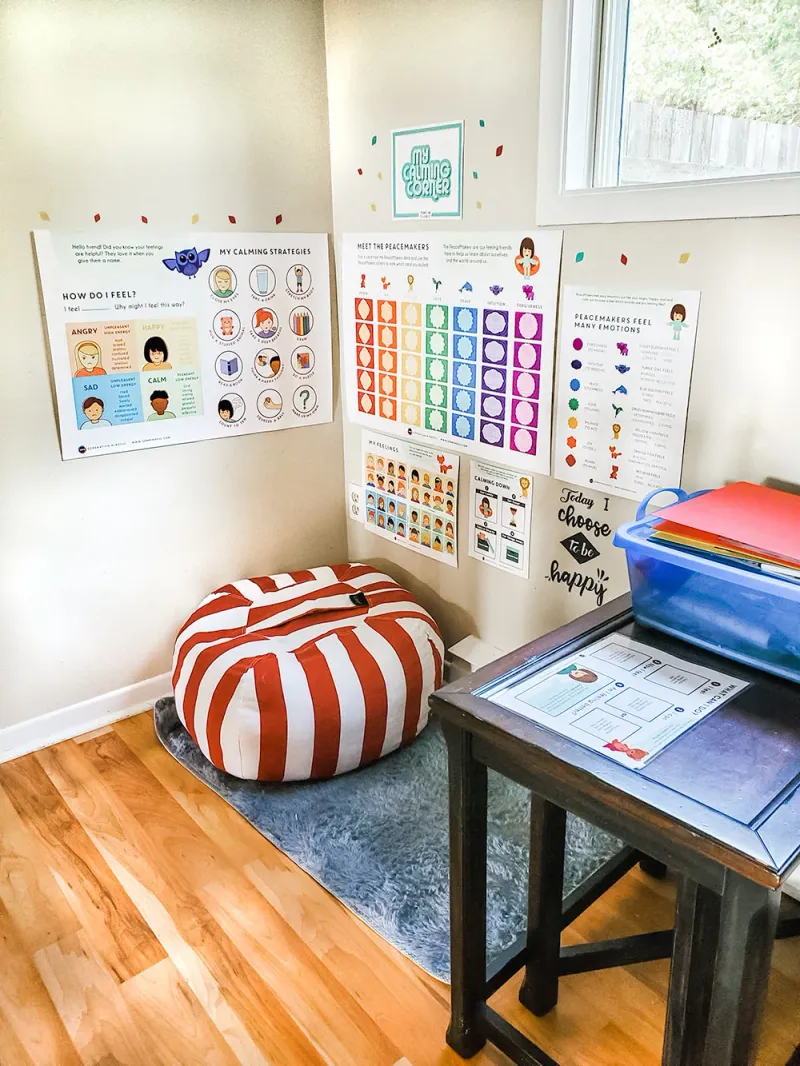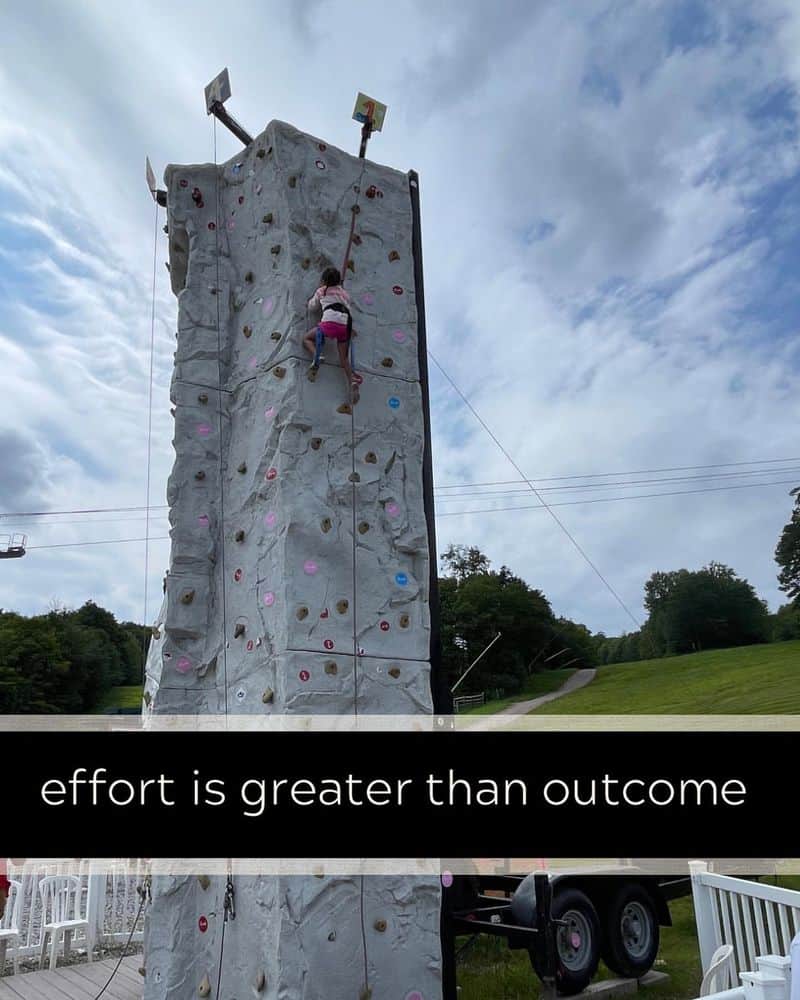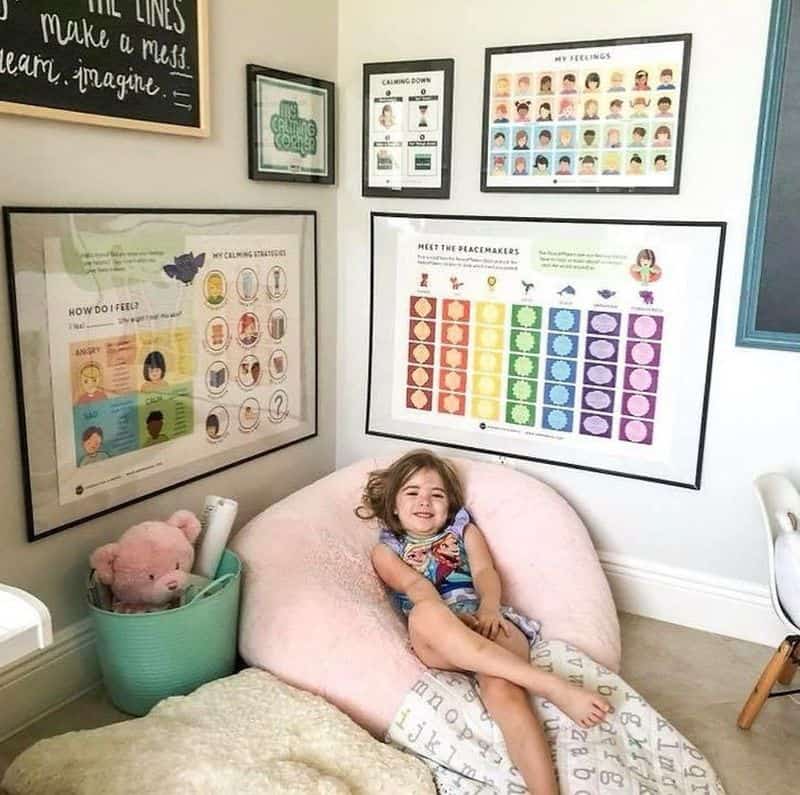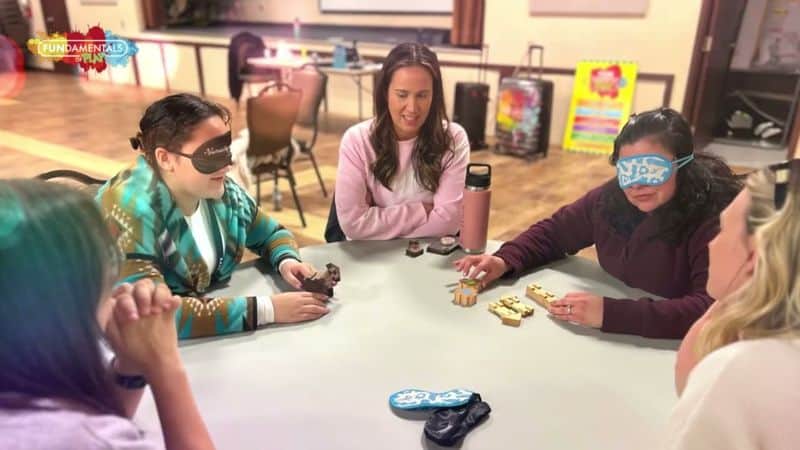Parenting is a journey full of surprises and challenges. As a mom or dad, you’re constantly learning and adapting to new situations. While there’s a wealth of information out there, some tips are less known yet incredibly effective. These are the nuggets of wisdom that often go unnoticed, yet can make a significant difference in your parenting journey.
From unconventional methods of communication to creative approaches for nurturing independence, these tips offer fresh perspectives and actionable advice. Dive into these 14 surprising parenting tips and discover new ways to enrich your family life and make parenting a little more enjoyable.
1. Whisper Instead of Yell

When tensions rise, it’s easy to raise your voice. However, whispering can be more effective. First, it captures your child’s attention. They need to focus to hear you. Second, it diffuses the situation. The calm tone can help soothe emotions. Whispering shifts the dynamic from confrontation to collaboration, encouraging your child to listen and respond thoughtfully. This technique is particularly useful for young children who may feel overwhelmed by loud voices. By whispering, you model calmness, teaching them to handle emotions with grace. It’s a powerful tool that transforms conflict into a moment of understanding.
2. The Power of Choice

Giving children choices empowers them. It builds confidence and decision-making skills. Even simple choices, like selecting between two snacks, make a big impact. These choices teach responsibility. They also show that you trust their judgment. Start with small decisions and gradually increase their difficulty. This method encourages independence while still maintaining boundaries. It’s about guiding rather than dictating. By offering choices, you foster a sense of agency in your child, helping them grow into self-assured individuals. It’s a win-win strategy that nurtures independence and strengthens your relationship.
3. Create a Calm-Down Corner

A calm-down corner is a dedicated space for children to find peace. It’s not a punishment, but a refuge. The area should be inviting, with soft cushions, calming books, and gentle lighting. Encourage your child to visit this space when they feel overwhelmed. It teaches self-regulation. They learn to recognize their emotions and seek comfort independently. This space provides a pause button, allowing emotions to settle before addressing the issue. It’s a valuable tool for teaching emotional intelligence and resilience. A calm-down corner empowers children with the skills to manage their feelings constructively.
4. Praise the Effort, Not the Result

Focus on praising the effort rather than the outcome. This encourages a growth mindset. When children understand that effort leads to improvement, they become more resilient. They’re more likely to tackle challenges head-on. Compliment their persistence, creativity, and dedication. Avoid emphasizing perfection. This approach fosters a love of learning and self-improvement. It shifts the focus from external validation to personal growth. Children learn that their value isn’t determined by results but by their hard work. Praising effort nurtures intrinsic motivation, helping them develop into confident and capable individuals.
5. Teach Mindfulness Through Play

Incorporate mindfulness into playtime. Activities like yoga or mindful coloring can be both fun and beneficial. These practices teach children to be present. They learn to focus on the moment, reducing anxiety and enhancing concentration. Mindfulness through play develops emotional awareness and self-control. It provides tools to manage stress and improve overall well-being. Encourage playful mindfulness exercises regularly. This approach nurtures mental health and strengthens the bond between you and your child. It’s an enjoyable way to instill life-long skills that promote happiness and calm in everyday life.
6. Use Music to Transition

Music can be a powerful cue for transitions. A specific song signals it’s time to clean up or get ready for bed. This method creates a routine that children can anticipate. It reduces resistance and makes transitions smoother. Music engages children, turning mundane tasks into enjoyable activities. It’s particularly effective for toddlers who thrive on predictability. By incorporating music into daily routines, you create a sense of order and security. This approach minimizes power struggles and enhances cooperation. Music becomes a friendly guide, transforming transitions into seamless parts of your day.
7. Embrace Messy Play

Messy play is essential for creativity. It allows children to explore and experiment. Through activities like finger painting or playing with clay, they develop fine motor skills and problem-solving abilities. Messy play encourages self-expression and innovation. It’s a sensory-rich experience that stimulates cognitive development. While it can be chaotic, it’s a vital part of learning. Provide spaces where mess is welcome. Join in and celebrate their creations. This approach fosters a love for exploration and discovery. Embracing messy play supports your child’s development and strengthens your bond through shared, joyful experiences.
8. Family Meeting Rituals

Family meetings are a great way to connect. They provide a platform for open communication. Everyone gets a chance to voice their thoughts. Regular meetings foster a sense of belonging and shared responsibility. Use this time to discuss schedules, resolve conflicts, or plan fun activities. It teaches children the value of teamwork and cooperation. Family meetings encourage listening and empathy. They create an environment where everyone’s input is valued. This practice strengthens family bonds and creates a collaborative atmosphere. It’s a tradition that promotes understanding and unity, enhancing the family dynamic.
9. Incorporate Nature Walks

Nature walks are a wonderful way to explore and learn. They offer a break from screens and routine. Walking in nature stimulates curiosity and observation skills. Children learn about the environment firsthand. It promotes physical activity and mental well-being. Use these walks to spark conversations about nature and its wonders. It’s an opportunity to teach environmental responsibility. Nature walks are refreshing and educational. They provide quality family time in a serene setting. Encourage your family to embrace the outdoors. This habit instills a love for nature and promotes a healthy, active lifestyle.
10. Cook Together as a Family

Cooking together is a fun and educational activity. It teaches children essential life skills. They learn about nutrition, measurements, and teamwork. Cooking encourages creativity and responsibility. Involving kids in meal preparation promotes healthy eating habits. It’s a chance to bond and create lasting memories. Start with simple recipes and gradually introduce more complex dishes. This shared activity fosters cooperation and patience. Cooking together is a joyful experience that strengthens family ties. It transforms mealtime into a collaborative adventure, making food preparation a delightful family ritual.
11. Practice Empathy Games

Empathy games are excellent for teaching emotional intelligence. These games provide scenarios that require understanding different perspectives. They help children develop compassion and problem-solving skills. By playing empathy-focused games, you create a safe space for discussing emotions. Children learn to articulate their feelings and recognize those of others. This practice enhances social skills and strengthens family connections. Empathy games are enjoyable and insightful. They offer valuable lessons in kindness and understanding, helping children navigate social interactions with confidence and empathy. It’s a playful way to nurture emotional growth.
12. Screen-Free Sundays

Designate Sundays as screen-free days. This practice encourages family interaction and creativity. Without screens, children find new ways to entertain themselves. They might read, draw, or play games. Screen-free days promote presence and mindfulness. It strengthens family bonds through shared activities. This break from technology fosters communication and spontaneity. Encourage outdoor play or crafts. Screen-free Sundays are refreshing and rejuvenating. They help reset the family’s digital habits and bring everyone closer together. It’s a simple yet effective way to enhance quality time and create lasting memories.
13. Keep a Family Gratitude Journal

A family gratitude journal is a wonderful way to cultivate positivity. Each member shares something they’re thankful for. This practice encourages reflection and appreciation. It’s an opportunity to recognize the little joys in life. Gratitude journals promote emotional well-being and resilience. They shift focus from challenges to blessings. This activity fosters a sense of togetherness and understanding. Encourage everyone to contribute regularly. The journal becomes a cherished family keepsake, capturing moments of gratitude and growth. It’s a heartwarming tradition that enhances family connections and nurtures a grateful mindset.
14. Foster a Love for Reading

Reading together is a rewarding activity. It fosters a love for books and learning. Shared reading time strengthens your bond and ignites imagination. Encourage your child to explore different genres. This practice enhances vocabulary and comprehension skills. Visit libraries or create a cozy reading nook at home. Reading together creates a lifelong habit of curiosity and knowledge-seeking. It’s a special time for connection and growth. Foster a love for reading by making it a regular part of your routine. This simple act opens doors to endless adventures and learning opportunities.

Well, hello there!
My name is Jennifer. Besides being an orthodontist, I am a mother to 3 playful boys. In this motherhood journey, I can say I will never know everything. That’s why I always strive to read a lot, and that’s why I started writing about all the smithereens I came across so that you can have everything in one place! Enjoy and stay positive; you’ve got this!

